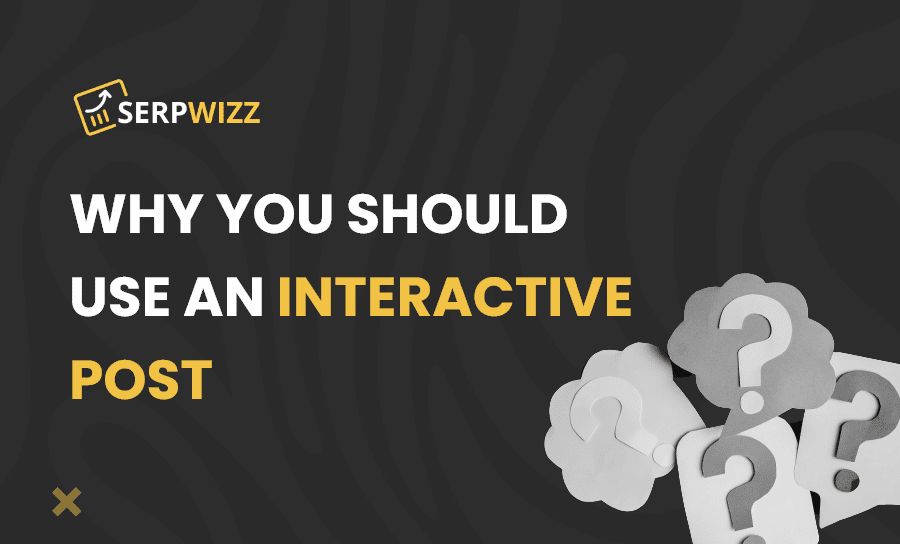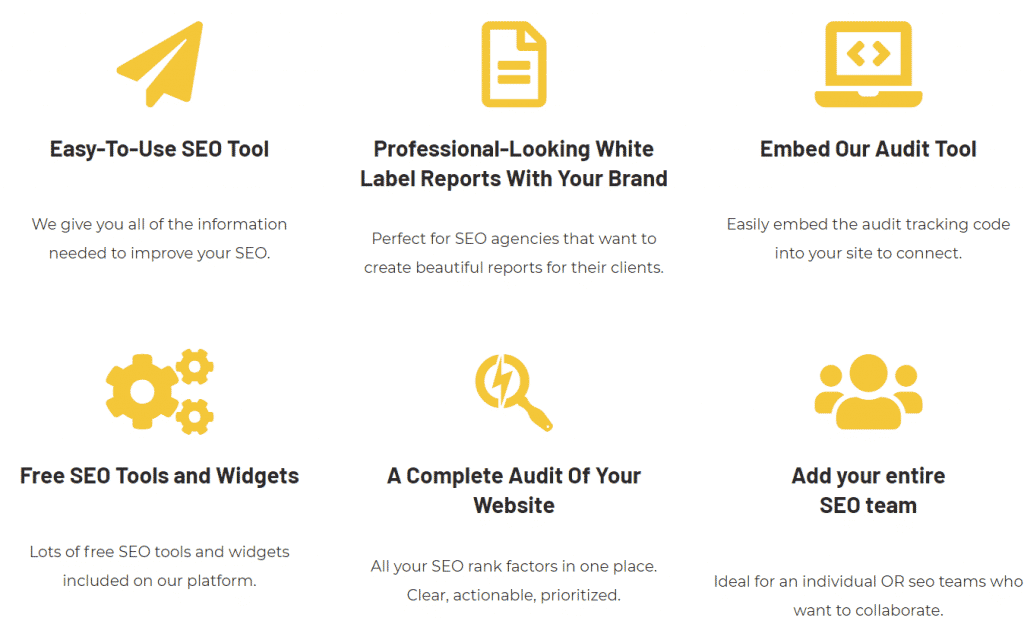
Interactive Posts And Why You Should Already Be Using Them
Any good business should constantly be striving to do better. Significant changes are all well and good, but fundamentally it is the little things, the attention to detail that makes that difference.
Your brand may have all the essentials down – good funding, good management, good quality product/service, etc. However, every business worth their salt does this already, so what can you do to give yours that extra edge?
This is why every company should embrace the internet and no, not just having a business website. I mean fully utilising every aspect of it.
This is where features like interactive posts come in, and in this guide, I’ll break it down for you and help you implement it.
What is interactive marketing?
Fundamentally, an interactive post is any sort of content that requires active participation from your audience to consume.
This can be anything from a question they have to answer to more complex designs, which we will explore later on.
The (usually small) effort naturally builds engagement as it adds a level of commitment and personal investment, making it more about them than about your company, which is what consumers want.
This engagement is good as it increases brand loyalty which is important in building a loyal fanbase.
On top of this, they add visual variance to your website instead of mountains of text telling them why your company is so good. Instead, you are showing them, which will help you retain their attention significantly longer.
Furthermore, the type of interactive posts you use can give you data on your customer or feedback, which can be directly used to better the company.
Types of interactive posts
As mentioned before, there are many different types of interactive posts, and they have distinct benefits and costs.
First up are quizzes and polls. These are a host of questions about a topic (related to the product or service you are providing, of course) which should provide a result or suggestion based on their answers.
These are relatively low-maintenance and easy to make, but the more you invest into it, the more personalised and better it will be.
It also gives that personal touch as if the product suggested is tailor-made for them, thus adding the sense as mentioned earlier of personal investment. It also implies that you actually care about your consumer on an individual level as opposed to treating them as a statistic.
Another type is interactive visual aids. This is content that goes on your website that tells the consumer more about your brand. Like quizzes, they aren’t too hard to make, but the more you invest in it, the more effective they will be.
This is a way to convey your USP in a fun way, sidestepping the potential problem of overwhelming potential clients. It’s also more likely to stick in their mind, building on loyalty.

Source: Google
Note how the consistent use of yellow shows the company’s brand identity, while the information is presented in a digestible manner aided with simple icons.
Even videos count as interactive posts, but there are different types. Research shows that choose-your-own-adventure videos are the most effective as they offer variation based on when, where, or what you click. This gives the consumer control and encourages multiple views to ‘complete.’
This may require a bit more in terms of intellectual and filming costs, though. Another type of video that could be used is 360, which is relatively less effective but still good in its own right.
These are only a few types of interactive posts, but it doesn’t stop there – now let’s explore the social media side.
Social media
Social media is essential in terms of interactive content as it introduces its own techniques and rules.
In terms of the quizzes and polls, ensure that the results are easily sharable to different social media platforms. This will encourage people to share the individual results on their pages, which will act as free advertisement for you, bringing more people to your page.
This idea of free advertisement can be also be seen in the form of contests and campaigns. These usually involve getting participants to post something related to your brand on social media for a chance of winning some sort of brand-related prize.
They will not have to put in any money, so the low risk compared to the chance of reward is likely to attract attention to your brand from avid users as well as people new to it altogether, boosting engagement overall.
On top of all this, it is essential to have an active social media presence. It can promote new aspects of your brand, but I recommend using it to reply to mentions of your brand on the internet.
This ensures you have an ear close to the ground so that you know what people think of your brand, acting as free data-gathering. It also suggests that you care about what they think and offer good customer service before and after.

Source: Twitter
Netflix does a good job at this – announcing new movies and shows in an informal and fun way, interacting with people’s opinions of the show, etc. Of course, this isn’t a universal method for all business models, but it is a good reference point.
Final thoughts
These are only a few of the benefits and the types of interactive posts, but trust me when I say there are many MANY more.
Hopefully, this has helped you better understand them and be confident enough to implement these into your own brand.
Don’t be afraid to look for examples or more information to help you (some of which can be found here on Serpwizz itself), and good luck!




